ROOM: The Space Journal is one of the leading magazines on space exploration, technology and industry. At ROOM, we share a common dream – promotion of peaceful space exploration for the benefit of humankind, all while bringing you fascinating articles on an assortment,a range of interesting topics. Our authors include scientists and industry leaders from all over the world, which lets us bring you the most up-to-date and detailed information about advances in space science journal.
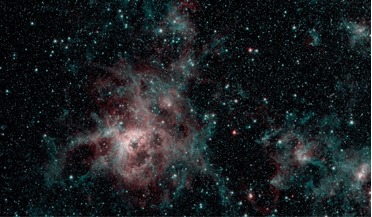 May 2020
Space astronomy at the limits of technology
May 2020
Space astronomy at the limits of technology
... Observatories - Hubble, Compton, Chandra and Spitzer – which gives him a fairly unique perspective on space science. ROOM’s US editor, Amanda Miller, delves into his engineering background and the key technologies of the...optical surfaces, so you have to cool them as much as possible. An artist’s concept depicting the Spitzer Space Telescope in space much as it would appear at the end of its mission on 30 January 2020, with a backdrop depicting...
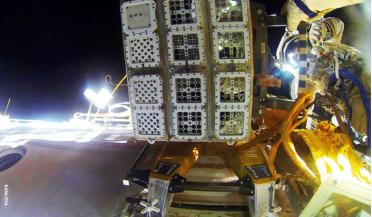 September 2023
How microorganisms survive space travel
September 2023
How microorganisms survive space travel
...space science, as it impacts not only crew survival on long-term space missions, but also the implications of contamination – from space to Earth or from Earth to space. Here, the authors describe a number of space... V.K., et al. Specificities of plasmid and chromosomal DNA exchange in microorganisms under the conditions of spaceflight. «Journal of Gravitational Physiology» 2010,17,1, 14-18. 9. T.L. Goins, K.S. Lim, A.M. Smith, S.C. Broadaway, T. ...
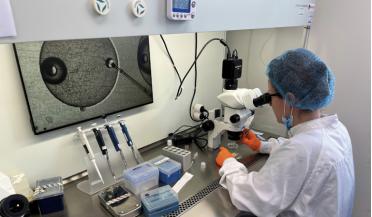 April 2025
Pioneering human reproduction in space
April 2025
Pioneering human reproduction in space
... potential for other species we bring along. Through this research, SpaceBorn is not just advancing human reproduction in space; it is contributing to the broader scientific understanding of life’s adaptability and biodiversity, paving...researches and enables the conditions for human reproduction in space, while improving IVF on Earth. Egbert is passionate about accelerating space life science research, helping humanity beyond the next frontier by ...
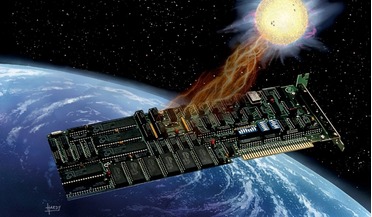 March 2021
Space weather and risk mitigation
March 2021
Space weather and risk mitigation
... scientific curiosity to commercially-recognised threat. Historically, awareness of space hazards was limited to countries with operational space science missions, but the growing volume and variety of infrastructure interconnections... they provide a valuable source of spatial information. Specifically, remote sensing provides support in advanced warning, disaster monitoring, damage evaluation and, therefore, in decision-making processes and event ...
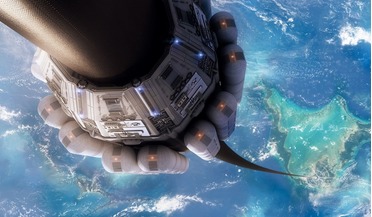 February 2019
The Space Elevator – an alternative path to space?
February 2019
The Space Elevator – an alternative path to space?
..., J. Carroll, E. Levin and J. Oldson, “ElectroDynamic Debris Eliminator (EDDE): Design, Operation, and Ground Support,” in Advanced Maui Optical and Space Surveillance Technologies Conference, Maui, HI, 2010. 16 B. M. Wiegmann, “The Heliopause Electrostatic Rapid Transit System (HERTS), First...
 September 2023
The Institute of Biomedical Problems - Sixty years of contributing to the development of space biomedicine
September 2023
The Institute of Biomedical Problems - Sixty years of contributing to the development of space biomedicine
... the Institute. The main objective of the Institute has been to perform advanced research aimed at studying the impact of extreme space environment factors on humans and other bio-objects. Such studies help to...research, IBMP experts - in collaboration with related institutions and organisations of the Russian Space Agency and the Academy of Sciences - have scientifically substantiated, developed and put into practice a system of spaceflight ...
 July 2019
Stepping into space with STEAM
July 2019
Stepping into space with STEAM
... settlers too, are currently to be found in classrooms around the world. And as our world embraces space science and space exploration on a whole new level, it is imperative that we address the question: “How will we... team. For companies like STEAMSPACE Education OutreachTM, incorporating STEAM for youth in Space Education is the guiding principle. In addition to science, technology, engineering and maths, the arts, and design in particular, will...
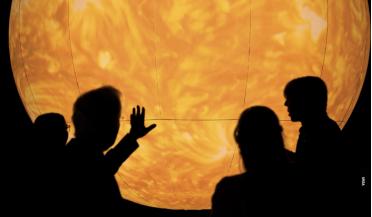 November 2025
Vantage Vigil - Europe’s first operational space weather mission nears approval
November 2025
Vantage Vigil - Europe’s first operational space weather mission nears approval
...L5 orbit. The UK’s contribution includes two key instruments: a plasma analyser built by the Mullard Space Science Laboratory and a magnetometer developed at Imperial College London. Together, they will characterise the speed, ...‘Life in the Sun’s atmosphere - the looming threat of solar storms’, ROOM Space Journal, Spring 2025, #36]. “This is not just a space problem,” said Denis Bensoussan of Beazley Insurance, who was a member of the media...
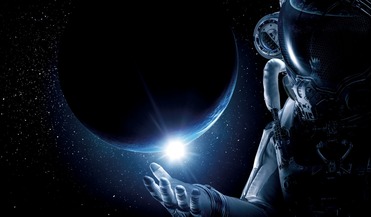 January 2023
Original Sin - Power, Technology and War in Outer Space
January 2023
Original Sin - Power, Technology and War in Outer Space
... the political aspects of any activity in or to do with outer space. No activity escapes politics, not even international cooperation in space science. Who cooperates with whom, why, and on what terms is political... space, and the author of War in Space: Strategy, Spacepower, Geopolitics and several papers on space policy in a variety of academic journals. Dr Bowen frequently appears in media items on space policy and advises practitioners on space...